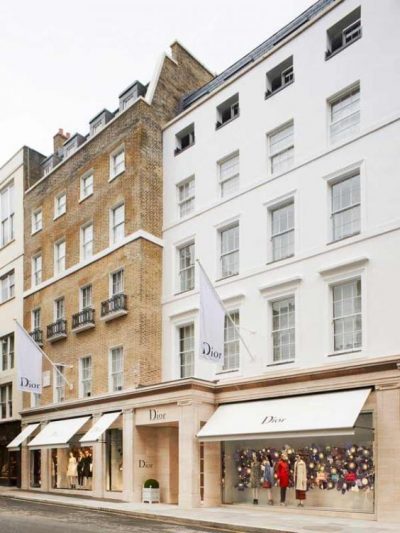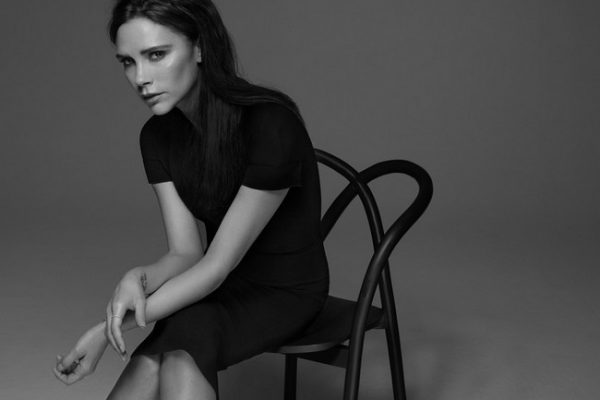
Inside Mayfair’s latest designer boutique, Dior is a shimmering haven of homeware, art and fashion complete with mirrored ceilings and walls of woven leather.
Meet the A-list architect behind Mayfair’s new House of Dior boutique, where shoppers will be able to buy limited-edition pieces.
Peter Marino — known in his circles as Peter the Great — is one of the world’s most sought-after architects and the fashionistas’ favourite.
He’s designed hundreds of shops for super-brands — Chanel and Louis Vuitton among them. And this week he displays his creative genius in the transformation of two magnificent Georgian Mayfair townhouses that have become the House of Dior boutique.
With an undisclosed budget he has created retail heaven over four floors in a fabulous 20,000sq ft property, with wall to wall glamorous décor and furniture in shimmering, glittering shades of silver and ethereal white.
The boutique also unveils the Dior Home Collection, echoing the style that was used by Christian Dior to decorate his homes, in Paris, Milly-la-Forêt and Château de La Colle Noire in Provence.
Shoppers will be able to buy crystal glassware embellished with a gold couture stitch, hand-embroidered bed linens and limited-edition pieces created exclusively for the boutique.
Glamour and grace: House of Dior in New Bond Street, W1, fills two Georgian townhouses with fashion and the new Dior Home Collection ()
GRAND
We meet in the evening wear salon, with its atmosphere of a grand Parisian townhouse. Marino, 66, married to costume designer Jane Trapnell, and with a grown-up daughter, is sporting his trademark black leathers.
He worked for two years creating this store. The project started as a single building but a year later, the adjoining house became available. “I was told to stop everything and show them what I could do if I had the two,” says Marino. And show them he did.
He emptied out the two buildings, allowing him to create volumes. “Everything inside is newly structured. Just the façades remained.” He magicked up a 23ft atrium with cast-glass pilasters; a huge conservatory with a roof of contemporised cannage — Dior’s emblematic crisscross motif — for the Home collection; plus private rooms, including three salons for VIP clients.
“I like to be specific to the city in which I’m building,” he adds. “The pilasters are a nod to the glamour of Claridge’s in the Thirties. And to make it very London, I didn’t re-face the brown Georgian townhouse brick in the modern conservatory.”
The room in which we’re sitting feels very French. “Dior liked Louis XVI panelling and parquet de Versailles. The panelling in here is stucco and resin which we combed with a hair comb,” he says, touching the ridged surface appreciatively.
“We based it on combed paint, a technique from early Americana.” And to keep the look relaxed, he didn’t finish the floor. “The parquet is like in an atelier, rather than Grandma’s polished house.”
It also boasts Robert Polidori photographs (“interpretations of Versailles that sing to me”) and André Dubreuil bespoke commodes — think 18th-century furniture meets 21st-century innovation.
600-tony-cragg-sculpture.jpg
Captivating: a Tony Cragg sculpture and the French limestone staircase with balustrade in polished stainless steel ()
BESPOKE
There are artworks and bespoke furniture throughout the store. “We commissioned over 35 pieces of art,” says Marino. There’s a whimsical Claude Lalanne circular bronze bench, fashioned as ginkgo leaves, in the atrium; a Tony Cragg sculpture near the accessories — “it’s unique and encapsulates the spirit of this place… British, silver, twirling like a woman in a gown”; and in the perfume room is exquisite Beth Katleman 3D “wallpaper”, a witty ceramic interpretation of toile de jouy. “The Barberini & Gunnell stainless steel bench is a fun commission,” adds Marino. “It offers thousands of reflections.”







